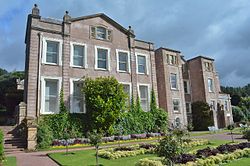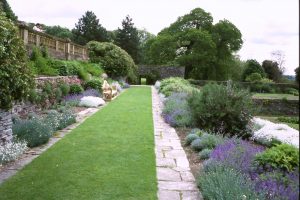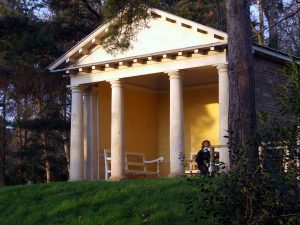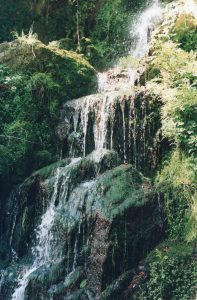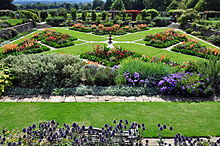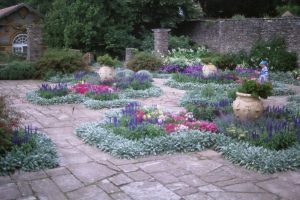Tuesday 14th January was a miserable day – wet and windy – and I wondered how many members would brave the elements to attend David Ramsden’s talk on The Barn Owl Trust. David is Head of Conservation and the Founder of the Trust, which is based in Waterleat, Ashburton. It was therefore a lovely surprise to find an almost full house and to see so many unfamiliar, as well as familiar, faces.
David started the evening off by playing the calls of three of our native owls – the little owl, the tawny owl and the barn owl.
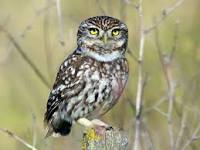
little owl
Little owls are very rare in the south-west, probably because farming methods mean that beetles, their favourite prey, are in short supply. They are most likely to be spotted in mid-Devon where the habitat is mixed.
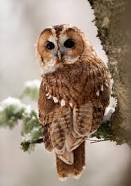
tawny owl
The tawny owl is the commonest owl in the UK (we hear them almost every night in Bradley Road). They are woodland birds, highly territorial and can be found where there are big trees.

the “moon” face of the barn owl
Sadly, barn owls have greatly decreased in number in recent years. Less nocturnal than tawny owls, the barn owl hunts by sound – its distinctive face shape funnels sound into its ears.
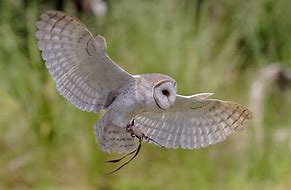
Barn owl in flight
Its fight is silent and barn owls have a “memory map” which allows it to find its way around in the dark. Its home range (of about 1,250 acres) is enormous compared with the territory of the tawny (around 50 acres).
Barn owls are lowland birds and are unlikely to be found on Dartmoor. They eat mice, voles, shrews and small rats and don’t put on weight, no matter how much they eat. This can be a problem in severe winters as they can lose weight. The female lays an average of 5 eggs and incubation takes 31 days. The young fly after around 3 months and the average success rate is 2.5. Two clutches can be produced each year. All the above numbers are highly variable, depending on food supply and weather.
The young disperse between August and November and typically only one in four survives into adulthood. Owls which survive their first year of life live for an average of four years; the UK record is 15 years.
The decline in numbers is the result of modern farming techniques, changes in farm buildings, the use of rat poison by farmers, which kills the rats (also mice, voles and hedgehogs) but also anything which eats the carcass.
David asked us to report any sightings of barn owls to the Trust. Their email address is www.barnowlssurvey.org.uk
I happen to be rather keen on owls, so bear with me while I show you a couple of my photos:
Verreaux’s is a large African owl, common in acacia and riverine woodland.This photo was taken on Lake Baringo in Kenya. I have posted a large photo in the hope you can see the lovely pink eyelids.
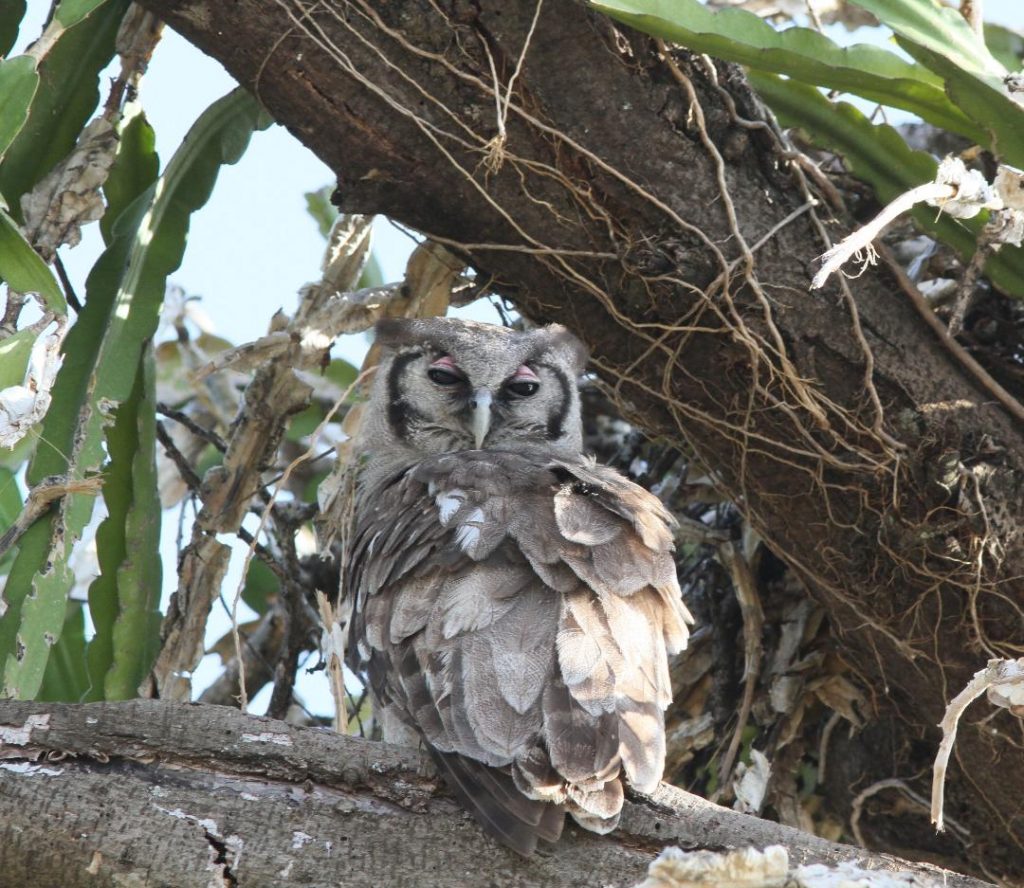
Verreaux’s Eagle Ow
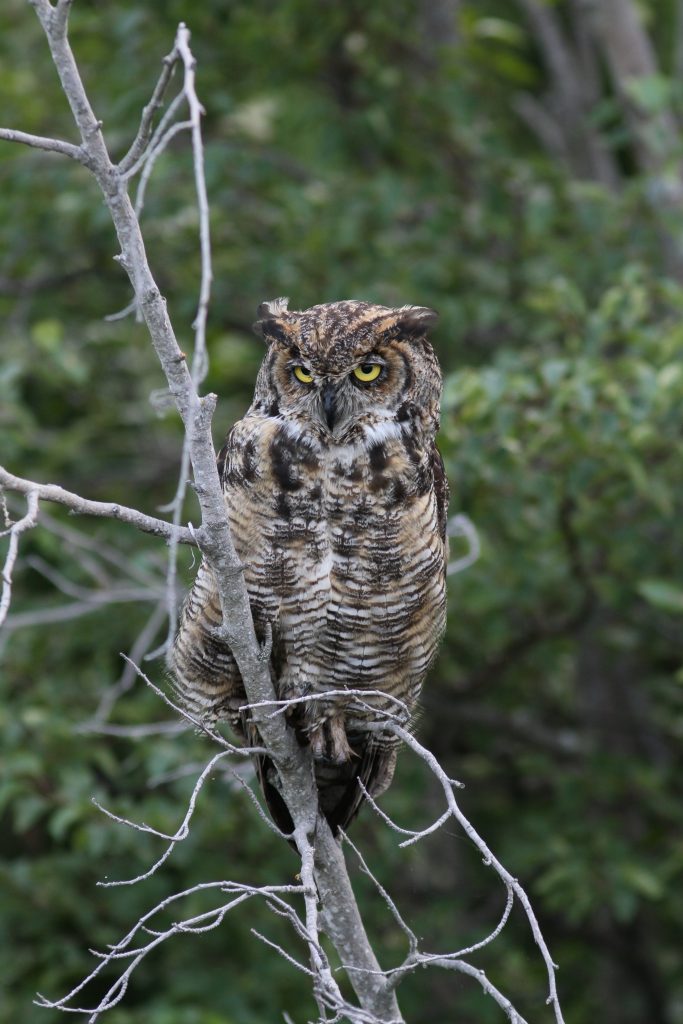 And this beauty is a Great Horned Owl, which posed for us for almost an hour in central Alaska
And this beauty is a Great Horned Owl, which posed for us for almost an hour in central Alaska
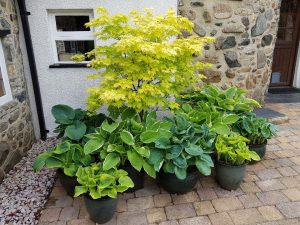
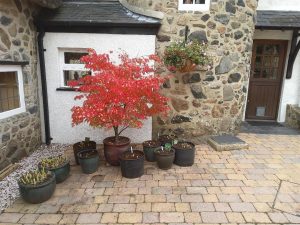

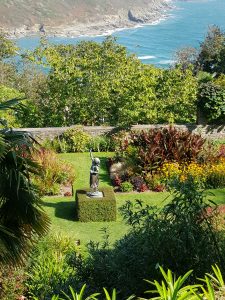
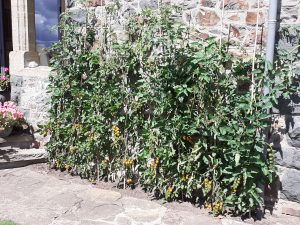
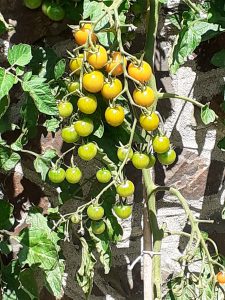
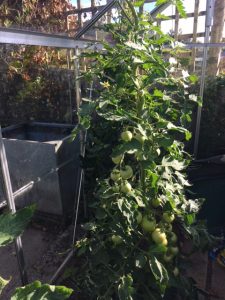


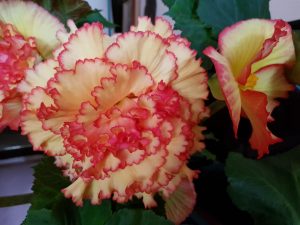
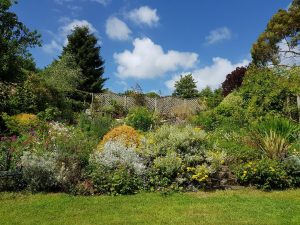 Ashwell, a large steeply-sloping garden with a vineyard, is situated close to the centre of Bovey Tracey and looked perfect as always.
Ashwell, a large steeply-sloping garden with a vineyard, is situated close to the centre of Bovey Tracey and looked perfect as always.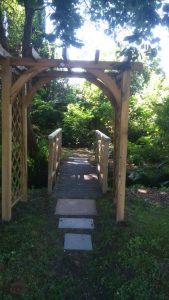
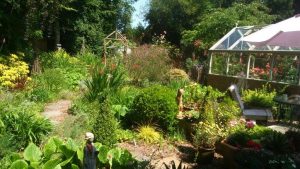
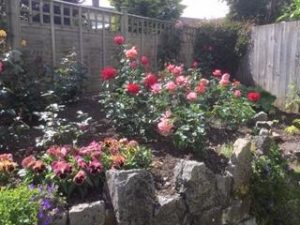
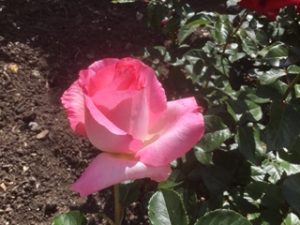
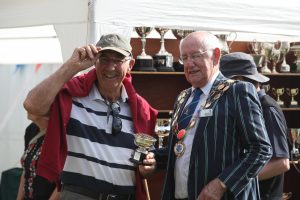
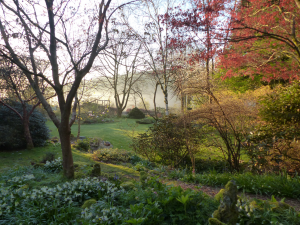
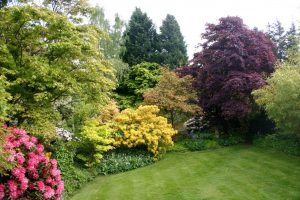
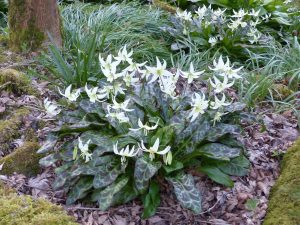





 And this beauty is a Great Horned Owl, which posed for us for almost an hour in central Alaska
And this beauty is a Great Horned Owl, which posed for us for almost an hour in central Alaska